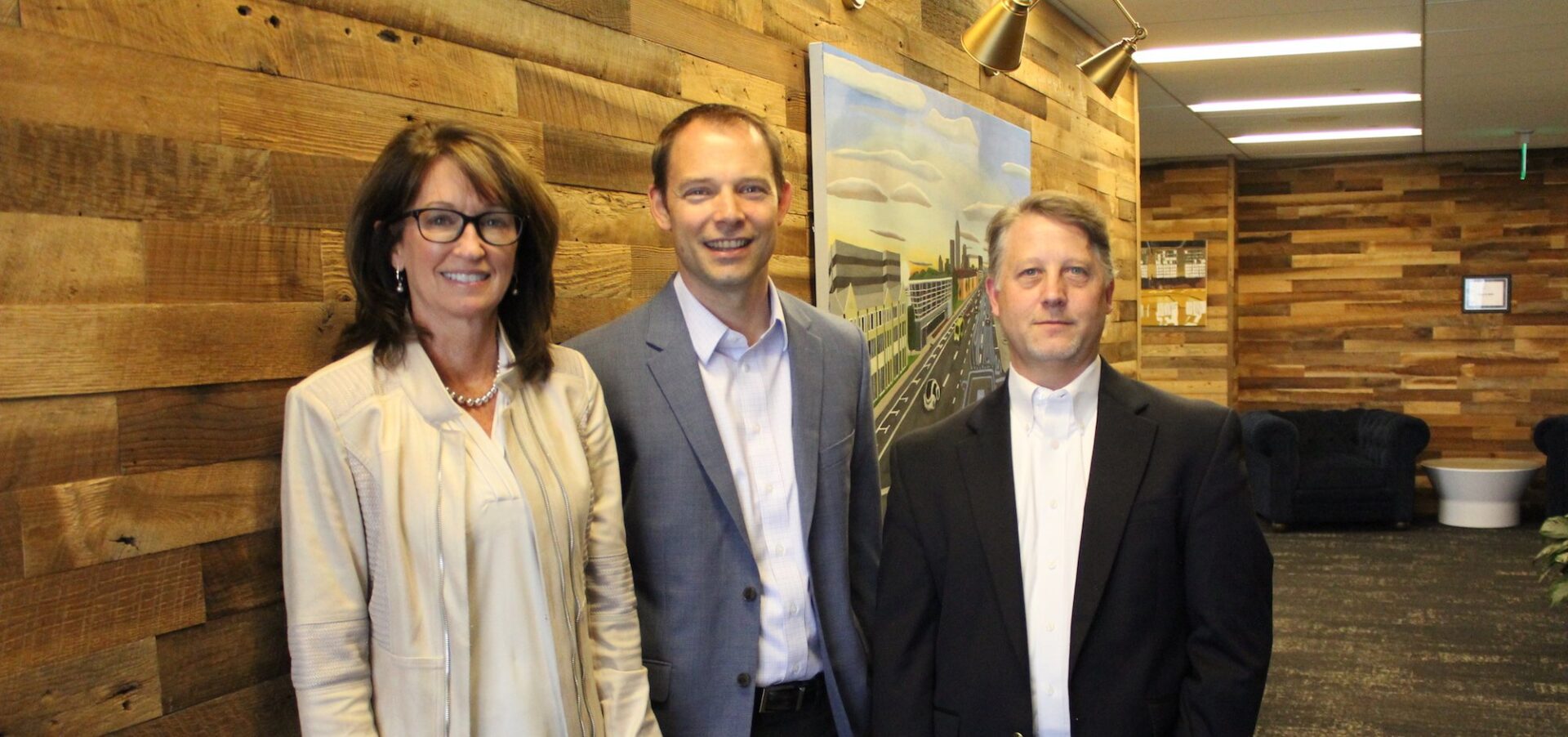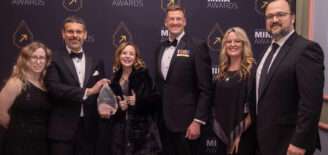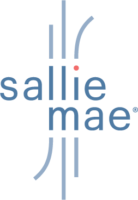Sallie Mae’s tech transformation leaps forward as business strategy broadens
Indy’s major tech-enabled employers are gaining street cred among the local tech communities, and Sallie Mae is fast becoming a competitive player in Indianapolis. Information technology and digital strategy has been an integral part of its evolution since 2014, when the company became a standalone bank. In many respects, the company has been on its own digital transformation as it evolves to meet the growing needs of its customers. That next chapter acknowledges Sallie Mae’s history of helping students and families finance their educations, and ushers in a customer-centric vision that will extend beyond college.
“For those who might not know the new Sallie Mae, we’re a significant and still growing player in the financial services/fintech industries, and much of the innovation we bring to the market originates from our tech hub here in Indianapolis,” said Mike Migliore, senior vice president of application delivery at Sallie Mae (who recently celebrated his 10th year with the company). “Along with a major undertaking of migrating to the cloud, everything that we do—every customer interaction, every advancement we make, and every product we roll out into the market—is driven by and influenced by our tech teams and solutions.”
Indianapolis serves as Sallie Mae’s technology delivery hub with nearly 300 tech-related employees and contractors, which accounts for more than 80 percent of Sallie Mae’s engineering resources and technical thought-leadership. Tech support is integral to the company’s new customer-centric vision and that’s why Sallie Mae hired another 70 people for tech roles in 2018. Even more hiring is in process through 2019 and 2020 as the company accelerates its goal of improving the financial services industry through fintech innovation and relentless responsiveness to the changing needs of customers.
“Every single interaction our customers have with us shapes that cumulative brand experience that could determine whether or not they buy other banking products and become lifelong customers,” said Migliore. “It’s why we’re constantly seeking new ideas and innovation that keep us ahead of the curve of customer change.”
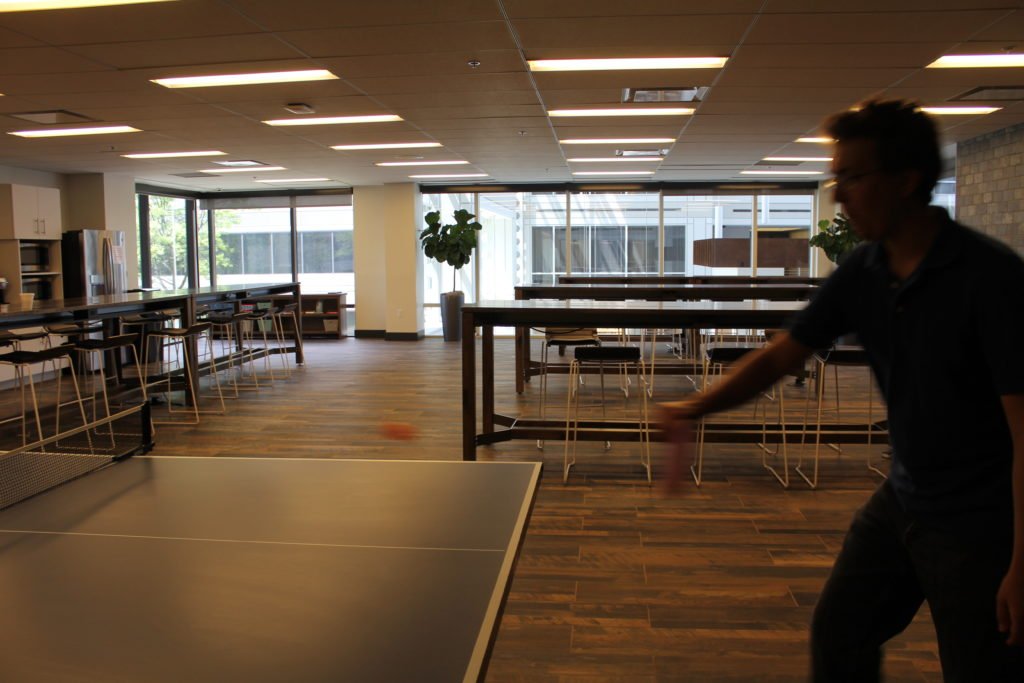
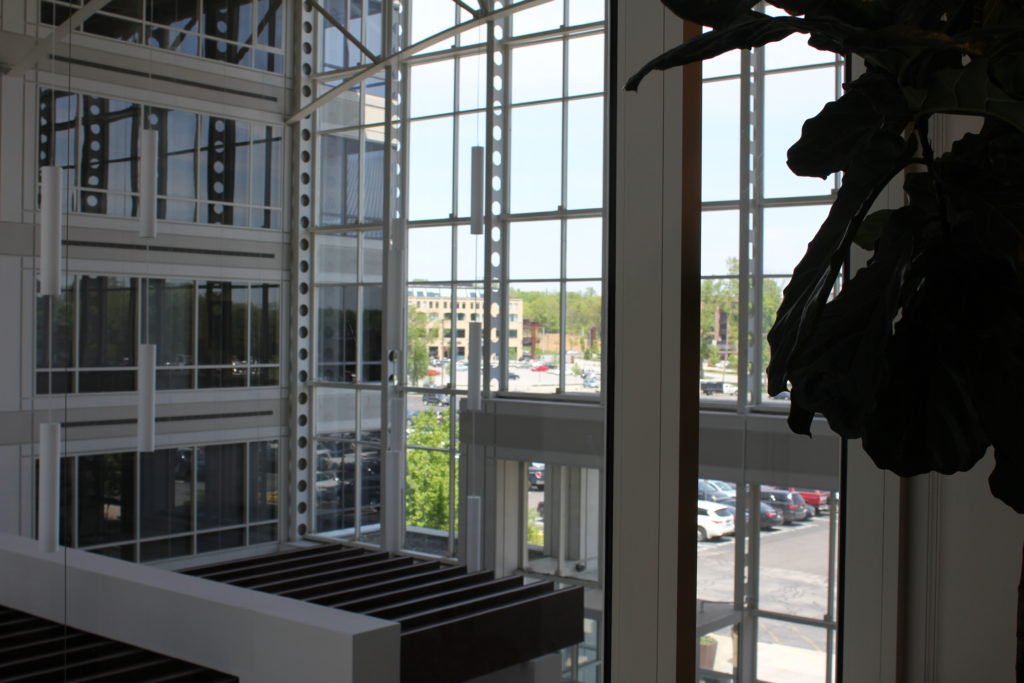

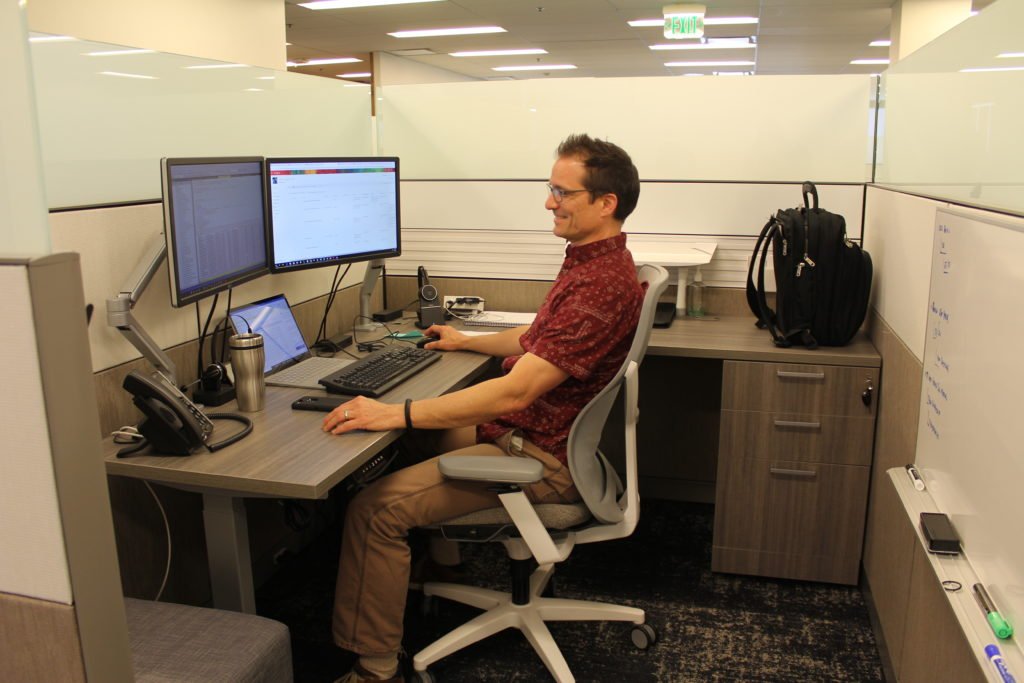
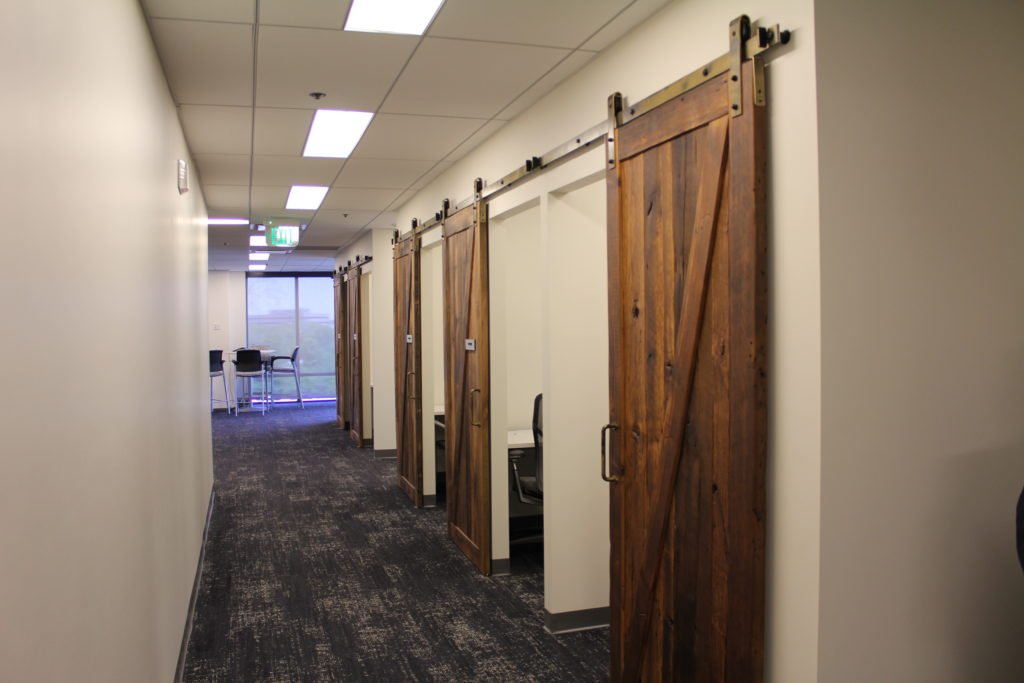
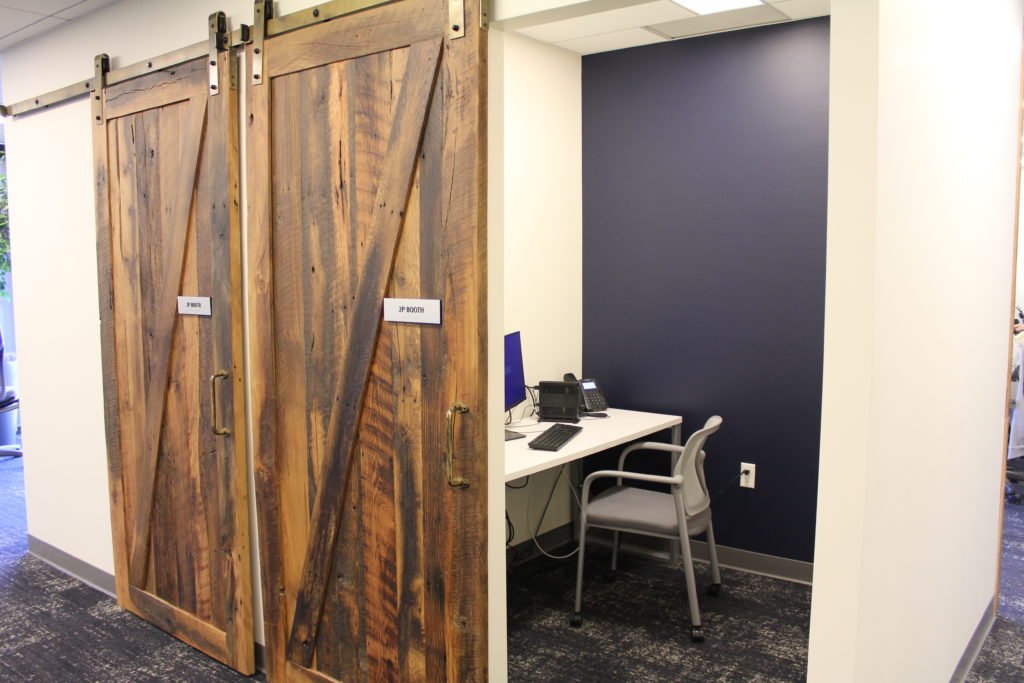
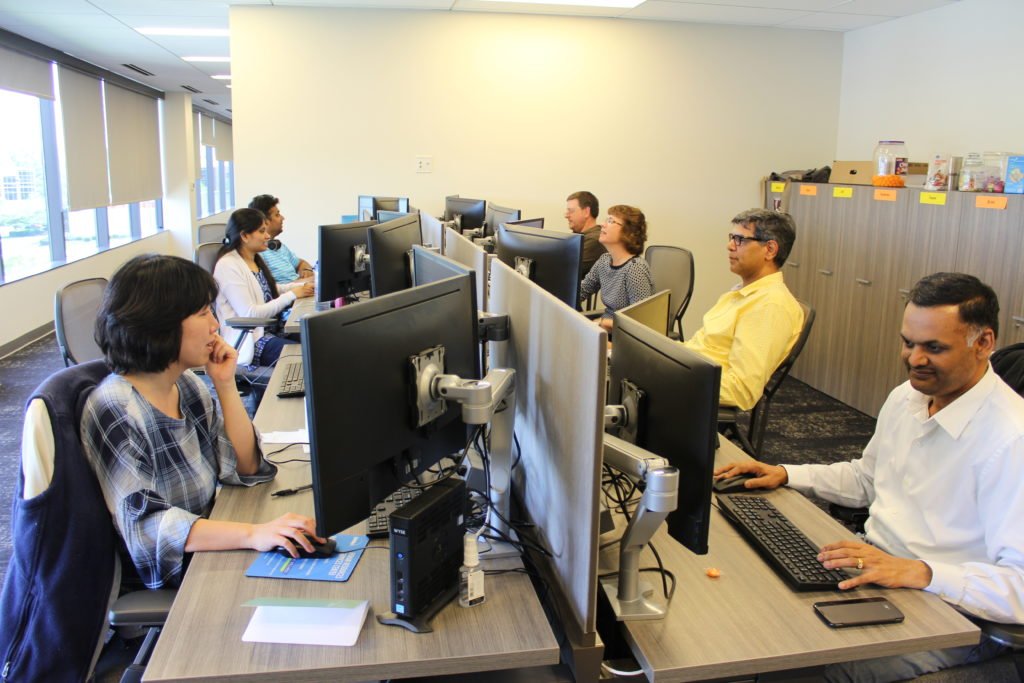
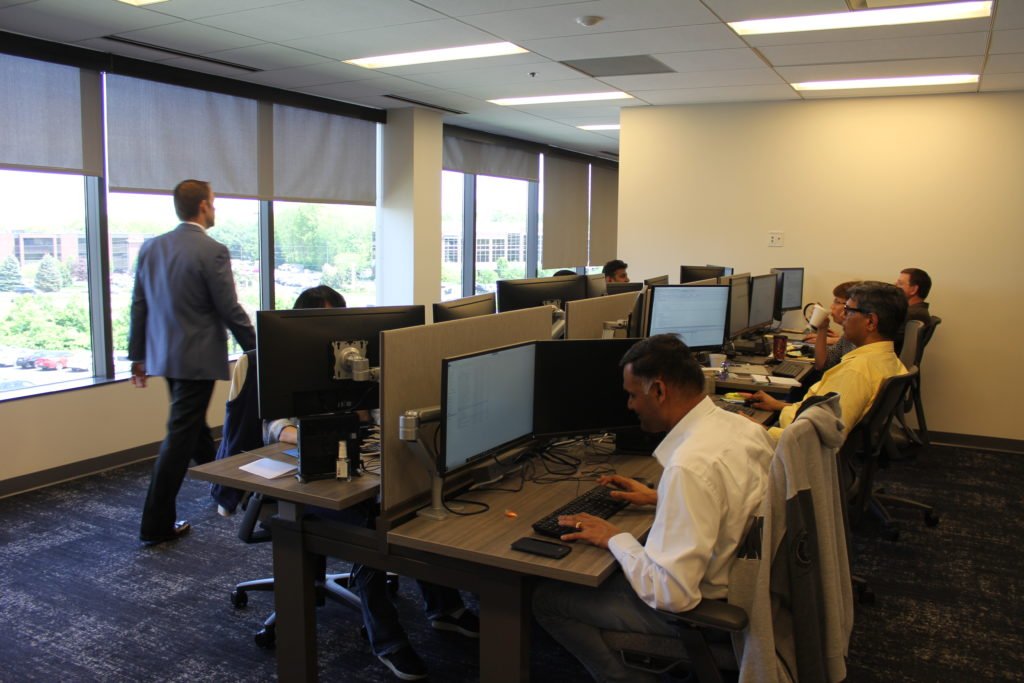


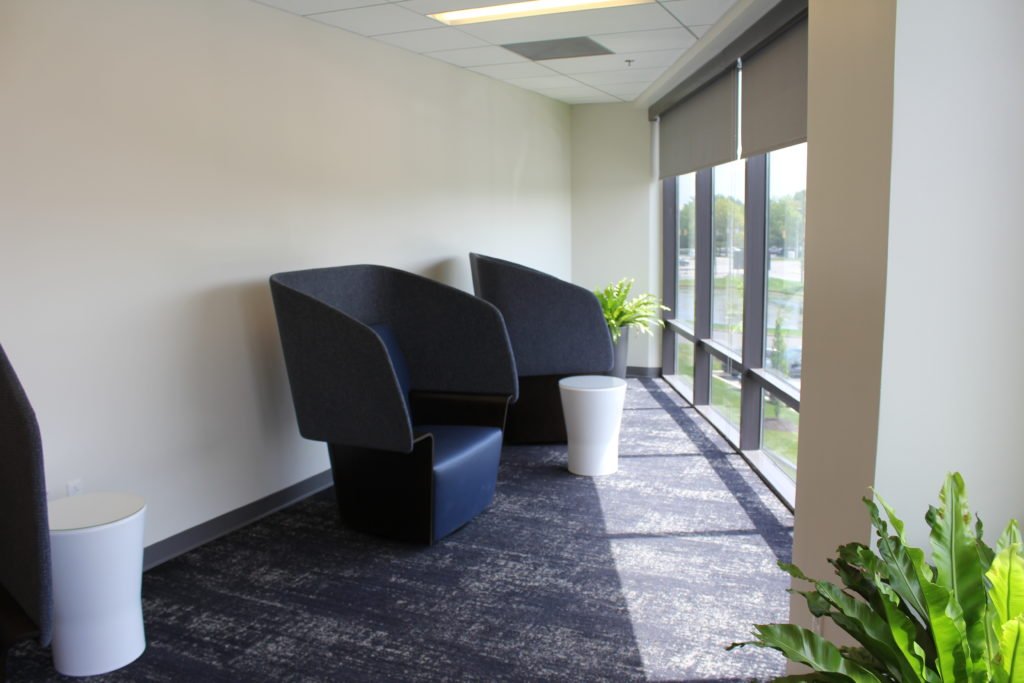
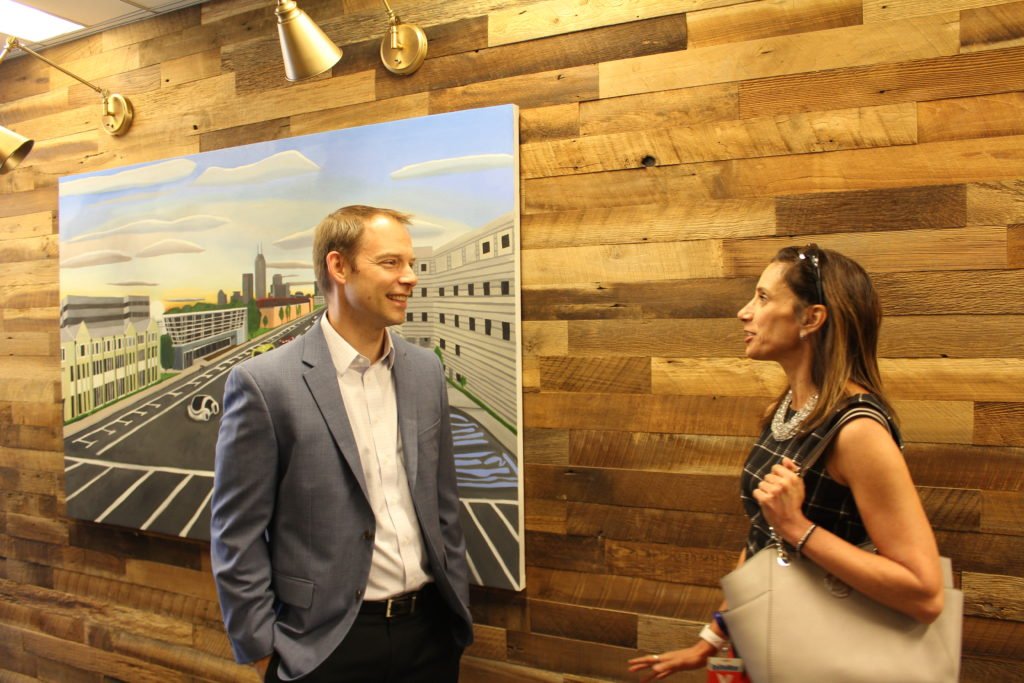
A key source for new ideas and innovation are the Sallie Mae employees themselves, explained Dave Hallgarth, senior director at Sallie Mae (a 15-year veteran with the company). During the company’s Employee Innovation Contest last year, thirty different teams pitched basic proofs of concept to senior leadership covering all manner of new tech like voice assistants and chat bots, artificial intelligence, blockchain, APIs and more. A handful of innovative ideas from the “Shark-Tank” style contest were selected for potential funding and future execution within Sallie Mae’s roadmaps and long-term strategy.
“That’s the kind of creative, collaborative culture we’re building within the company as well as with the Greater Indianapolis community,” said Hallgarth. “Just within the last year we have conducted over 10,000 hours of technical training; completely renovated our facilities to a modern, Agile-inspired workspace; completed our plans to move all platforms to the Cloud, overhauled our technical practices, and established an internship program and new talent recruiting pipeline.”
In addition to the aforementioned engineering resources and technical thought-leadership, the Indianapolis tech hub includes a unit for core DevOps and integration teams, cloud transformation leadership and delivery, information/cyber security and over 30 Agile delivery teams.
Key to Sallie Mae’s digital transformation has been its shift from a classic waterfall release schedule to Agile Methodology and delivery where “speed to value” is clearly defined and apparent across all teams and departments. As an Agile shop, Sallie Mae is now scheduling major “PIPE events” every 13 weeks coupled with a constant iterative process that has dramatically accelerated the speed to value realization.
“There’s too much risk delivering a gigantic software release once or twice a year and, quite frankly, that’s just not nimble enough in today’s age of disruption and fintech innovation,” said Migliore. “As we’ve matured on our own over four years and executed on our digital transformation strategies, we’re earning on that business value much faster and with higher quality. It’s what customers want and what the business needs, and it’s positioned Sallie Mae as the fintech innovator to watch in an industry that still has plenty of space to ‘straighten the arrow’ and deliver more disruptive tools and products.”

